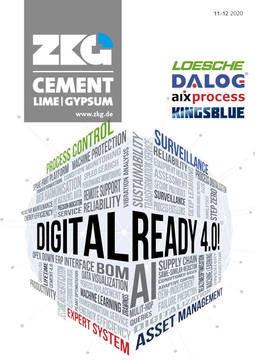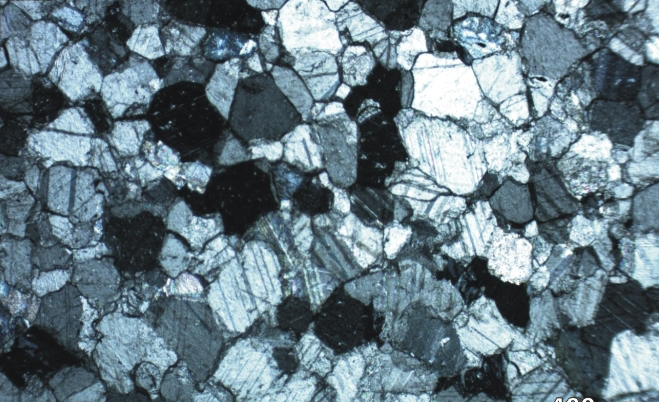Do we have other alternatives?
With pleasure I tell you my secret favourite place on earth: it is the Piazza della Rotonda in Rome. I love sitting there directly looking at the Pantheon at sunset, when all the artists are stepping out to show their skills and the inevitable sellers of lightning slingshots colour the evening sky with their little flyers. Isn’t that amazing – this round temple for all gods was built almost 2000 years ago from “opus caementicium” – a predecessor of our modern cement. Unbelievable how robust and sustainable this material is!
In today’s world cement is being looked at with scepticism. The production of cement contributes 7% of all man-made CO2 emissions and massive reductions of the industries’ CO2-footprint are requested urgently. Thoughts are being developed to substitute concrete with wood as building material on a large scale. I just cannot believe that this could be the solution for our eco-friendly future. The world consumes over 4 billion. tonnes of cement each year and if we substitute a large part of that with wood, we are going to cut down immense numbers if trees which cannot be sustainable, especially as we need the trees to convert CO2 into oxygen.
Do we have other alternatives? Yes – roughly speaking two: capturing of the CO2 from the fuel combustion and limestone decarbonisation in our kilns is one. Replacing limestone as the major component in cement as such is another one. Both of these pathways are nothing short of a technological revolution! Imagine mankind changing the manufacturing process and the recipe of its most fabricated product. Limestone covers 10-15% of the earth surface and is the basis of an industry with over 2000 years of history. Switching the concrete recipes to use a higher amount of clay is really revolutionary. This requires huge efforts by all concerned specialists and stakeholders: engineers, building material specialists, traders and legislators etc.
The technologies for low carbon cement need to be developed and it needs to be done quickly! The dimension of this challenge requires all stakeholders to enter into new ways of development and cooperation. We are all in this together! I am looking forward one day soon to gather at the Piazza della Rotonda with all my fellow innovators and celebrate progress in the reduction of the CO2 footprint of the cement industry.
Yours truly




